Living in The Woods: Embracing The Wilderness
Living in the woods is a must! As quoted by John Muir “Thousands of tired, nerve-shaken, over-civilized people are beginning to find out going to the mountains is going home; that wilderness is a necessity.” This blog article couldn’t have gotten a better start without the quote.
I certainly think that there is an adventurer in all of us wanting to experience the wilderness at some or the other point during our lifetimes.
[the_ad_group id=”21″]
Living in the woods, camping in the mountains or trekking across the Andes, we all hope to experience it someday. Life is too complicated, hard, bound and bent by rules in general. Living in the woods is the opposite, it is simple, serene and out of this world.
Everybody wants to know how living in the woods is? We’re here to help you fulfil that dream. With the right amount of wilderness knowledge, you too can find yourself surrounded by the surreal beauty of nature, far away from the toil of the city life.
It is pretty much very easy to imagine the wonderful life you can have in the wilderness but quite practically, it can get slightly difficult since most of us are accustomed to living in the comfort of the city. Fret not! We’re here to ensure that you acquire all of the necessary information that one needs to take this leap.
Initial Preparations – How to Live in The Woods
Going off the Grid!
Sound’s fascinating, doesn’t it? Like as if you were inside an adventure film, prepping yourself to disappear for a while. Well, it pretty much is like that, except that you actually are going off the grid.
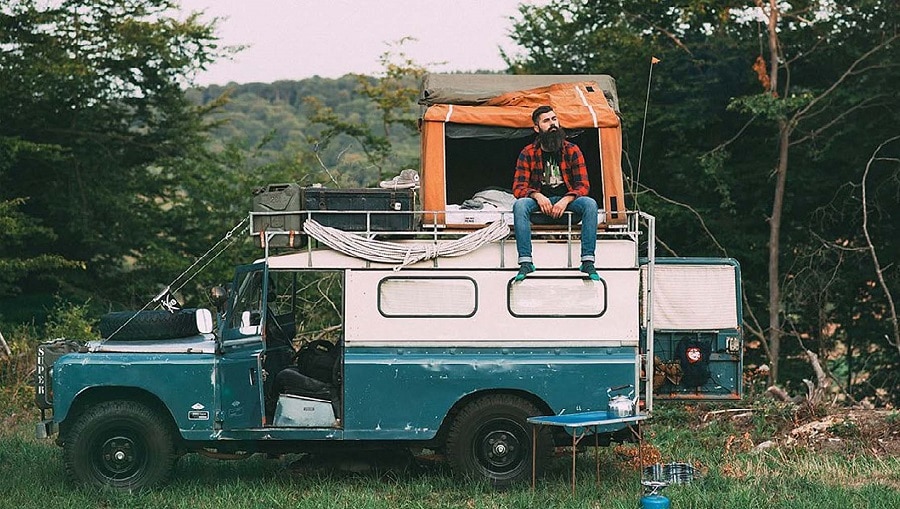
There are certain steps or checkpoints that you need to tick off before you actually arrive at the wilderness spot. The following are a few points to guide you prepare the right way to how to live in the woods before anything else.
Learn the new environment
What if you wish to go and make a living in the dense wilderness of Africa, a place you don’t know a thing about? The first and foremost step before stepping out or even before you start to plan this wild and new lifestyle is to learn more about the environment and surroundings that you think will suit your needs.
Ask yourself numerous questions to know the answers one needs to know prior to heading into the unknown. Some of the many important questions pertaining to your decision making are as follows:
- What skills would I need to live safely in the location?
- What time during the year would be the perfect time to get started?
- What is the initial amount of supplies that you might need during the “threshold period” before you decide to either continue or evade the location?
- How far off is the nearest civilized area?
- Does the civilizations nearness or farness change anything?
- Would I have any access to medical assistance in case of an unforeseen fatal emergency?
- Can your body adapt to the new climatic conditions?
These aforementioned questions are pretty much the most basic questions one needs to ask before making the final decision. The reason for that is, making a living in African wilderness is extremely different from that of the Indian wilderness. No two places are alike in any regards whatsoever.
Living Plan
Everything starts with a decision and so does your life in the wilderness. Start off by narrowing your geography down to a specific area. Decide on how deep you wish to get into the woods. If it is simply for recreational purposes, for a period of a week or so, I’d say you might want to not go too deep as you could get disconnected with the urban life.
So, staying towards the outside will give you the feeling of being surrounded by trees and help you get comfortable knowing that the city is a few miles away.
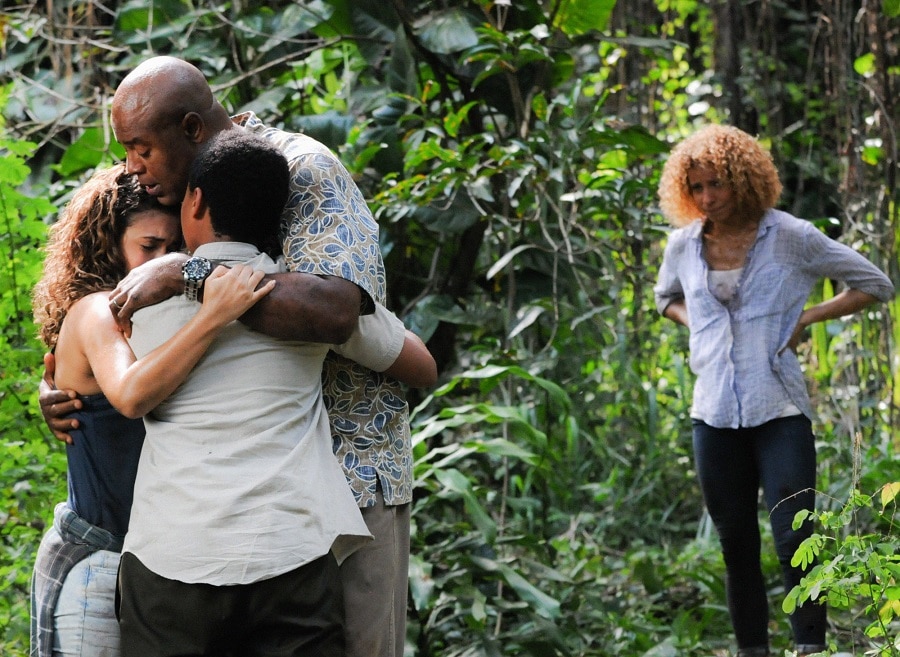
However, if you’re hard bent on finding a new life in the wilderness, something perhaps more intense then go to the deepest point possible. If you think you can find happiness cutting yourself away from the daily toils of the city life, research your way into the most desirable wilderness hotspot known.
Planning your utilities is another major factor in the planning process for a living in the woods. Our lives are heavily accustomed to the electronic and mechanical utilities around us. Anything we need to be done, we get it done with the press of a button. That’s not quite the case when you’re on an island or perhaps in the middle of a dense forest.
Getting used to a life without these fancy benefits could be challenging. However, if you were dedicated enough to get into the forest, you are dedicated enough to make a living without these things too.
You have to decide on your utilities depending on where you live. If you’re going to be living in a cabin in the wilderness, then you can use small appliances that run on fossil fuels. But if you’re a more of a camper, then you have to go the most back-breaking way which is heating with wood. Breaking wood is extremely tough.
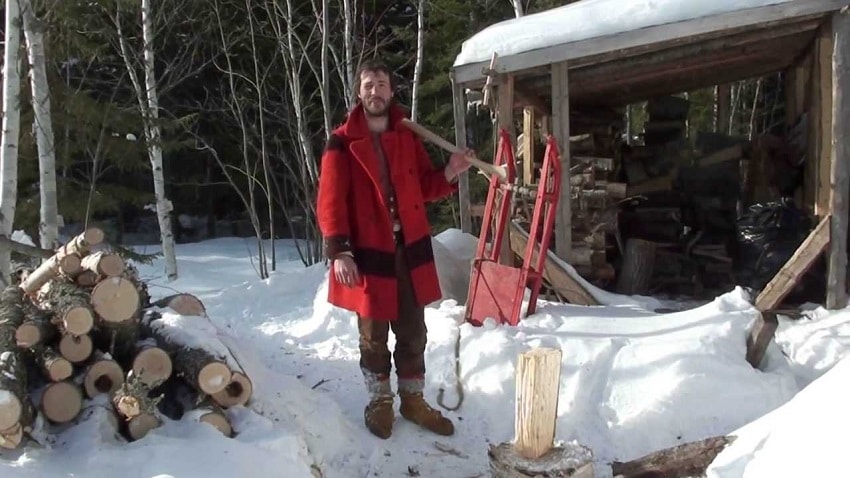
It is time-consuming and requires crucial body strength as well. Your utilities will completely depend on the choice of your stay in the woods. You also have to decide on your utilities based on weather conditions too.
[the_ad_group id=”22″]
Since staying a rainforest is much different from staying in a polar region. Neither of these places will offer enough to support your life. So, depending on your stay, you need to carry your utilities.
Basic Needs (Tools, Equipment, Skills and More)
Begin your stay in the woods temporarily and try to determine if you can step it up to a longer term. If you decide to stay for much longer than you anticipated then it is recommended to gather all the supplies you can to make it simpler for yourself. Mother Nature might often show her harsh side and you have to be prepared for it.
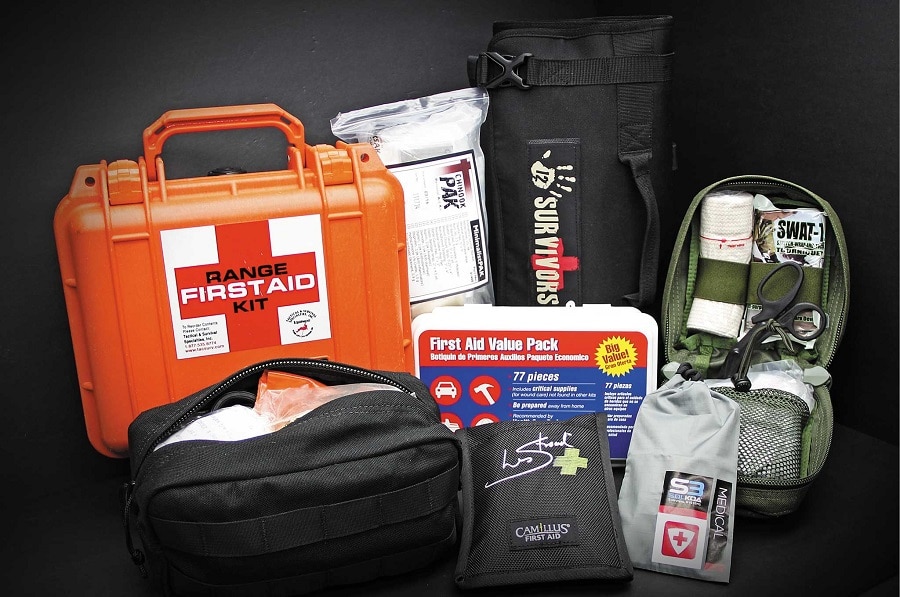
The following is a speed list of tools and equipment that you will need to ensure enhanced if not total safety for your life.
- Heavy clothing: boots, rain jackets, gloves, undergarments and hats.
- Tents: Multiple tents, blankets, travel sleeping bags.
- Fire: Matches or lighter.
- General equipment: Flashlight, torches, battery, whistle, radio, and lantern.
- First aid: antiseptics, bandages, water purification tablets and medicines.
- Tools: knives, ropes, cord, and canisters.
Camp Setup
Setting up a camp means to choose a safe camping/staying site, building a fire, getting the tent/shelter ready, finding the source of water. Without these critical survival elements, you could get yourself physically, psychologically and emotionally damaged in no time living in the wilderness.
You can last for a long time without any food but without water, though, it is certainly not the case. Ensure that you boil the water before consuming. Water may contain disease-causing germs and other pathogens which could make you sick. It is better to be safe than to be sorry.
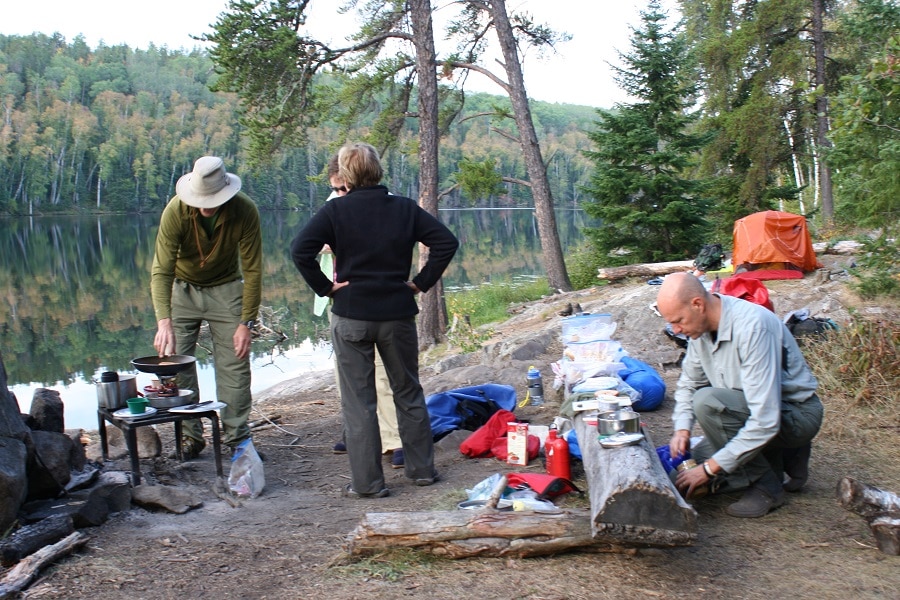
Searching for a safe camping location means to find a spot that is near a water source, away from wild animals and not close to any cliff or a drop off zone of sorts. Don’t choose a location that is too rocky or swampy in nature. Lighting a fire can be achieved by using one of the lighting equipment that you carry or perhaps by striking stones or rubbing a wood.
Coming to a more crucial part, it is all the more mandatory to acquire some terrestrial skills to adapt to the wilderness. These skills include hunting, trapping, gathering and swimming. Once you’ve learnt and mastered these skills, catching your food, cooking it or perhaps diving into the deepest of oceans should be a cake walk for you.
See also: Squirrel Hunting Tips: Everything You Need to Know
You can make yourself agile, strong and extremely quick with reflexes in order to live in the wilderness with all sorts of beats in there.
Long-Term Stay
This portion of the article can be best for those who answer the following questions:
- Do you wish to make your temporary stay permanent?
- Do you wish to go up a notch?
- Is the wilderness life right for you?
If the answer is yes to all, then you should probably gear up a little more in order to make your stay longer or perhaps a permanent one. You have to begin your ramping process with building a tight shelter, perhaps one with wood logs or giant boulders. You can’t make a living in the wilderness in a tent forever.
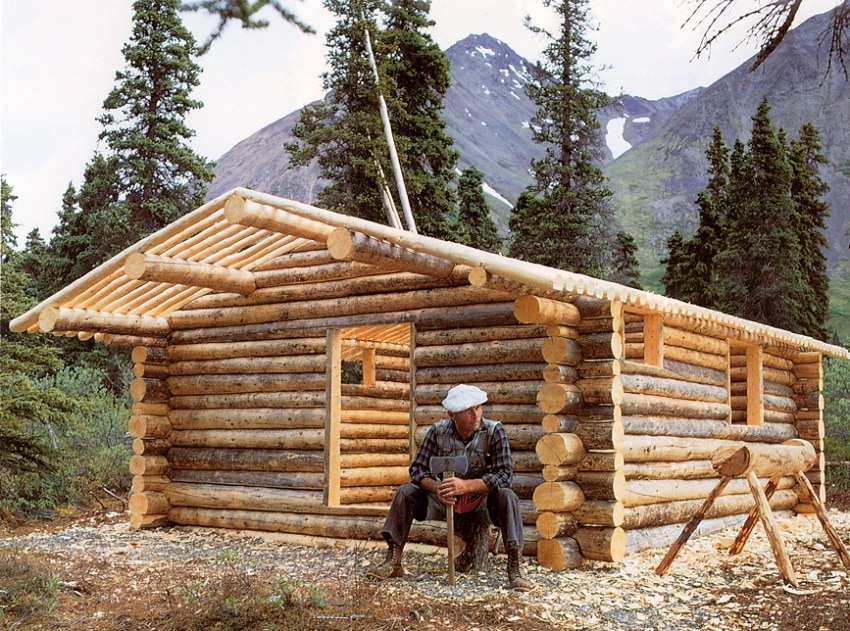
Building a shelter isn’t hard. You already have the tools and equipment that you need, all you require is to chop up some wood logs and erect a small shed-like structure. That should be good enough for you to go. Learn a few other critical survival techniques that will make you one among the Tarzans. These techniques could be
- Creating a trip wire trap
- Creating a snare trap
- Fishing
- Making use of the solar
It is a very good idea to consider farming or gardening around your stay. After all, you are planning to stay there for a while; you might as well dig up a garden or a small farm. Not only will it offer a lot of food but is also a form of a morale booster too. Construct a fence around your garden to avoid animals destroying it while you’re gone. Composting and rainwater harvesting are other such survival methods you can learn to rely on too.
“Do what you think suits you best!”
I personally feel that living in the wilderness for a while is a tremendous accomplishment to achieve. It requires determination, discipline, and hard work to achieve this feat. During this time of your stay, you should learn to master your mind. If you were to get back to the urban life after a certain period of time, you should expect to feel uneasy with that.
[the_ad_group id=”23″]
However, in the end of it all, you need to get your mind and soul clear when you’re out there in the wilderness. It is the best chance that you have in clearing up your spirit and starting anew once again. Do whatever you can in the wilderness but whatever you do should and must make you happy, safe and peaceful in the end.
Cautions and Warnings
There is so much out there, that majority of the factors are unknown to all of us. Like for instance, the majority of the things found in nature are poisonous. We can only learn and prepare for the things we know and not the ones we don’t.

So, to be on the safer side of things, we must always learn to stay cautious and avert any situation in the smartest way possible. Described below is a comprehensive list of the possible threats of warnings you need to be cautious about; things we don’t know how to deal with.
- Watch out from consuming any fern. Most of them are poisonous in nature. The last thing you want is to suffer and pass away from poisoning in the wilderness. But ironically, in case you’ve contracted some sort of parasites in your intestines, these ferns in tiny does can help you get rid of those intestinal parasites. For a list of plants that can be safely eaten, see our article on this for reference.
- Don’t sit and relax. Always stay on the move. It will energize you and boost your confidence level up as well. Accomplish as many tasks as you can.
- After cooking, get rid of the clothes. The scent of raw-cooked food attracts bears and other wild beasts. So, always ensure to change and then go to sleep.
- More than 80% of the mushrooms that are found in nature are highly poisonous in nature. So avoid all of it unless you really know what mushroom that is.
- Avoid or stay away from any bush that has reddish stems. Anything that colourful will kill you of poisoning in a few seconds.
- Don’t be alarmed to see giant swarms of painfully venomous or non-venomous insects. Usually, it is the dusk and the dawn that set them off. Learn to avert these situations by staying in neutral locations.
- Now coming to bears, black bears are much different from brown and polar bears. Unlike black bears, polar bears, and brown bears are attracted to noise and they don’t get scared away. The simple trick is to know the area in which a bear can be found and to stay away from that as far as possible. See our guidelines on how to choose the right bear canister to keep your food away from these wild animals.
- Expert adventurers suggest staying away from anything that is shiny or colourful. They also suggest keeping a distance from plants with 3 leaves.
- Do not rely on iodine-purified water for too long. The iodine tablets will eventually begin to upset you. It is suggested to get used to drinking boiled water for better immunity and digestion.
- If you find anything that bleeds milk, do not consume it under any circumstance. There are exceptions to this rule, Dandelions or milkweed can be consumed after cooking properly.
- Keep a safe distance from any animal cubs. It might come across cute but mark my words; you’re in for some real danger for even the slightest of petting action. That isn’t exactly something a mama bear or mama lioness would like.
- Living the hard way will help you overcome your fears. So, learn to embrace your fears beforehand.
- This is a particularly important tip and this is to never forget to zip your tent shut before falling asleep. You don’t want to wake up next morning with a snake next to you. You may not wake up at all.
- There are thousands of species of animals, reptiles, and insects in the woods/wilderness; it is better to learn about them firsthand should there be an encounter during your stay. Some of the more poisonous/venomous creatures are Monarch butterfly, coral snake, and dart frogs.
- Behold! The most important of warnings. Always remember to tell someone whether it is a close family member, friend or relative where you’re going. Tell them how long you’ll be gone as well. At least they will know when to freak out in case they don’t hear from you for too long. It will help you stay away from danger.
Conclusion
It isn’t too hard to live in the woods and breathe in the beauty of nature, but we certainly require some sort of guidelines to ensure that we are well covered to face any unknown lurking in the wilderness.
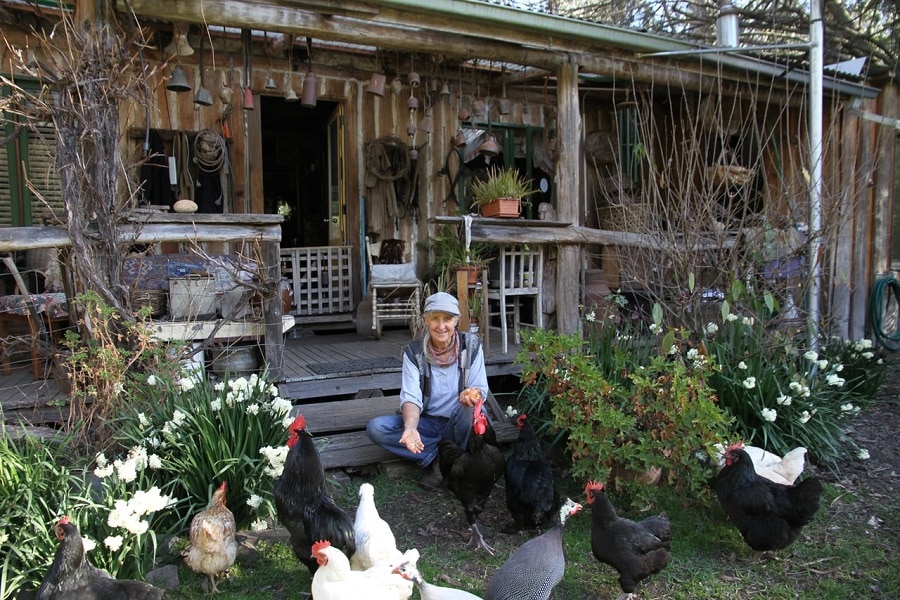
With the right knowledge, the appropriate skill-set along with the perfect combo of equipment, making the transition into the wild shouldn’t be too hard. Simply adhere to the above-mentioned details, acquaint yourself with the steps, methods and techniques needed to navigate, find food, get a shelter and make a survival in the woods.
Do check out more tips on how to live in the wilderness for more information.
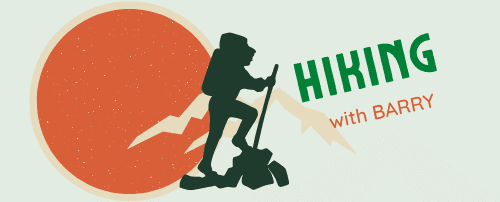
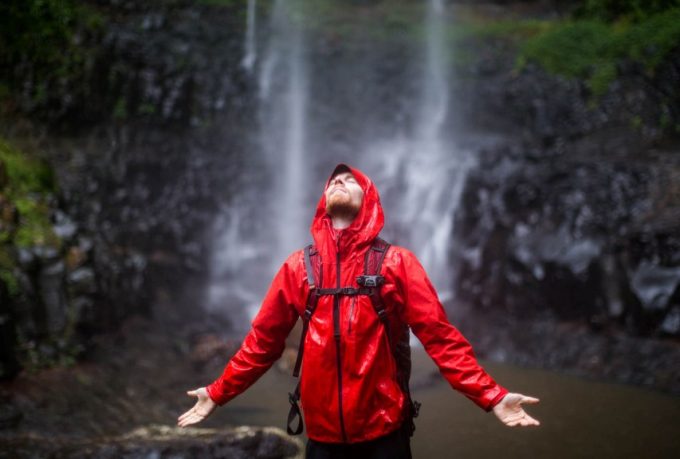
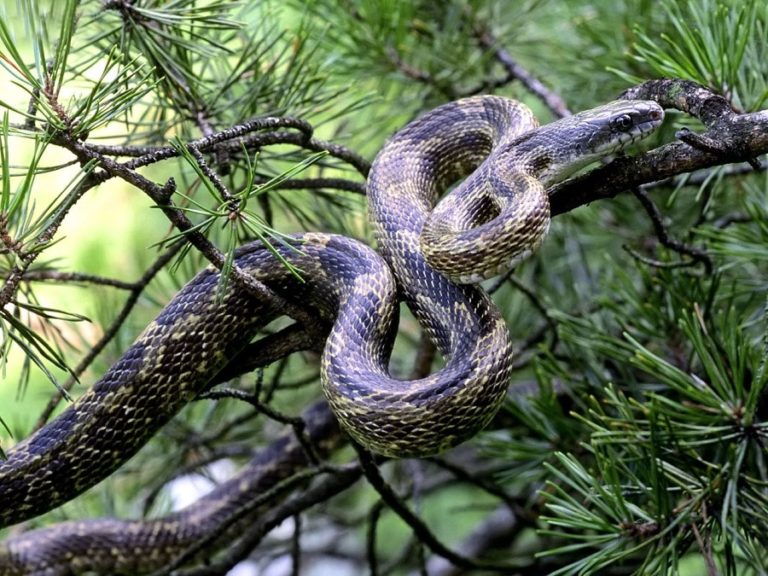
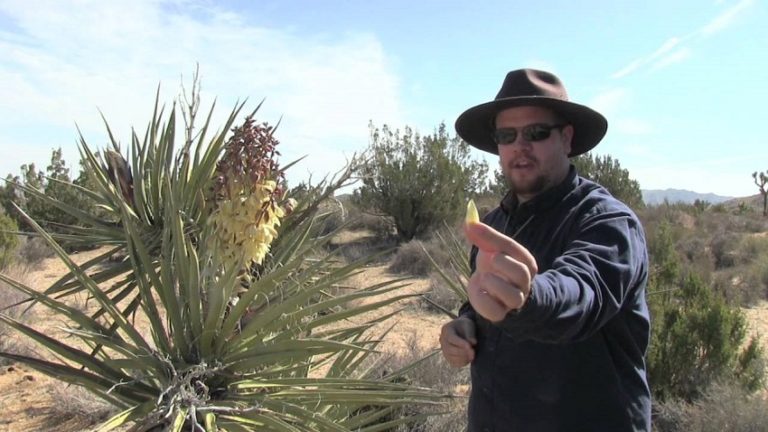
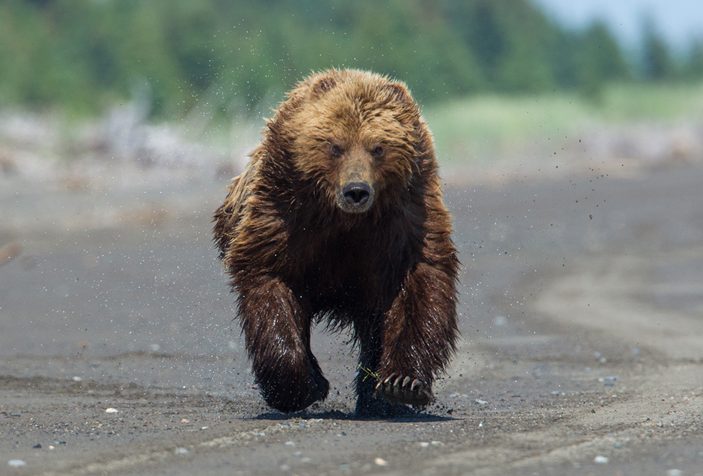
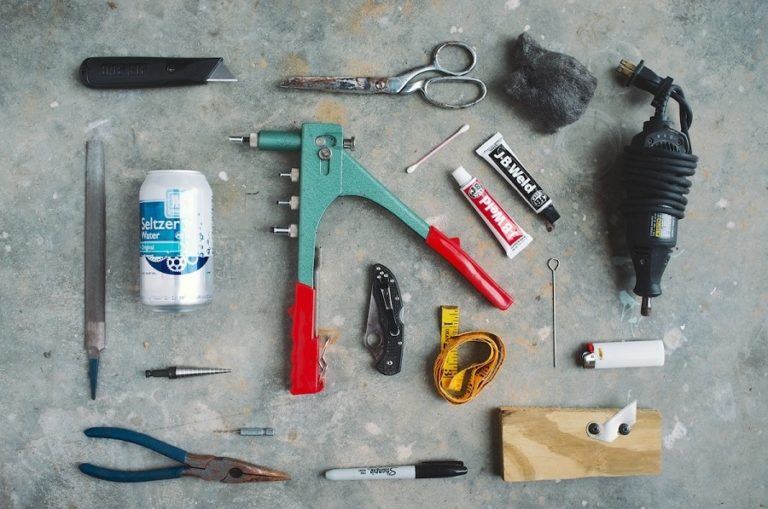
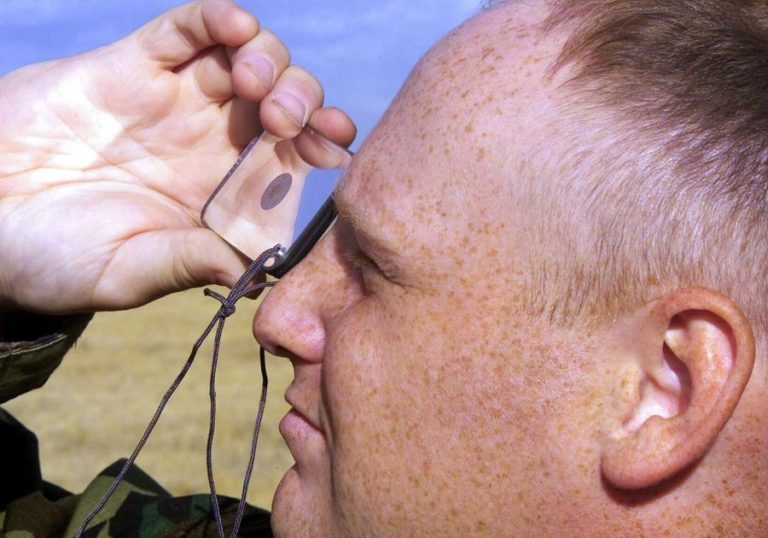
In relation to the consumption of the gifts of nature, every tourist must be guided by the following. He should know how if necessary he can restock food at the expense of local natural resources primarily which types of animal and plant foods consumed without damage to health and which ones are dangerous to humans. He should also have skills of the simplest ways of hunting, fishing, gathering of wild plants, handling food and cooking it in difficult conditions associated with the wild animals and hard climate.
When one decides to stay abreast with nature, you connect yourself with the resources available around you. You gain leverage and utilization to access fresh water, herbs and plants, and even nuts and small game. This is a really fun experience if you’ll give it a try.
In relation to the consumption of the gifts of nature, every tourist must be guided by the following. He should know how if necessary he can restock food at the expense of local natural resources primarily which types of animal and plant foods consumed without damage to health and which ones are dangerous to humans. He should also have skills of the simplest ways of hunting, fishing, gathering of wild plants, handling food and cooking it in difficult conditions associated with the wild animals and hard climate.
When one decides to stay abreast with nature, you connect yourself with the resources available around you. You gain leverage and utilization to access fresh water, herbs and plants, and even nuts and small game. This is a really fun experience if you’ll give it a try.
Knowledge is the key. It’s hard to transition your old life to living in the woods but if you have a wide range of knowledge about even the smallest detail in the place where you plan to live and you have the guts, you will actually find it fun and rewarding.
Knowledge and focus are two of the most important things whenever you decide to live in the woods. It is not a common practice, and the experience varies per individual because it can be rewarding and immersive, or dreadful or even traumatic.
Knowledge is the key. It’s hard to transition your old life to living in the woods but if you have a wide range of knowledge about even the smallest detail in the place where you plan to live and you have the guts, you will actually find it fun and rewarding.
Knowledge and focus are two of the most important things whenever you decide to live in the woods. It is not a common practice, and the experience varies per individual because it can be rewarding and immersive, or dreadful or even traumatic.